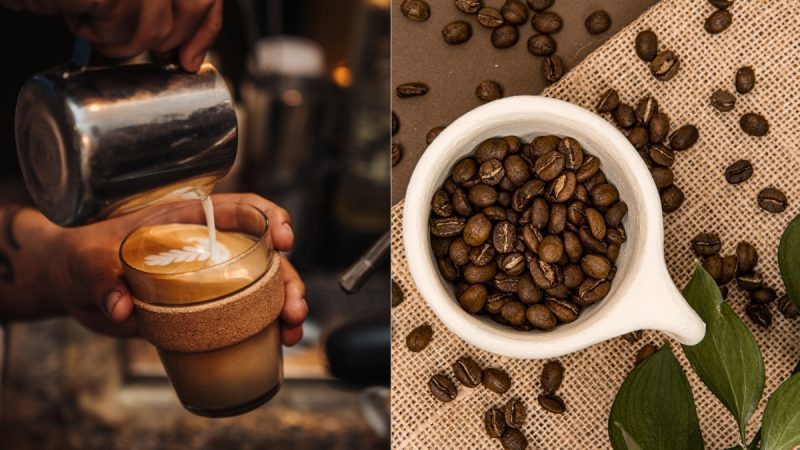As the sun rises over the horizon, millions of Indians begin a custom that crosses all cultural divides: they sip coffee. Beyond its captivating fragrance and bold taste lies a complex journey, an intricate supply chain that begins with a humble seed and culminates in the satisfaction of that first sip. The Indian coffee supply chain, as detailed by Devanshi Tripathi, founder of North Star Cafe, is a labyrinthine network involving numerous players and processes. Let’s try to decode this complex journey.
Decoding The Multifaceted Processing Of Indian Coffee
It all starts at the source, the coffee farms that form the Indian “Coffee Belt.” Devanshi Tripathi says, “The coffee journey begins at the roots, with dedicated farmers cultivating the beans, ensuring the essence of quality and flavour.” Smallholders and larger plantations meticulously nurture coffee plants, selecting ideal species and caring for delicate seedlings.
The picturesque scenes of individuals picking ripe coffee cherries under the sun signify the critical phase of harvesting. Tripathi emphasises the art of hand-picking the red, ripe cherries at the peak of perfection. She mentions, “Harvesting is an art, where each cherry-picked with care becomes a promise of exquisite taste in every cup.” This labour-intensive process certainly involves generations of families and communities.
Post-harvest, the cherries undergo different processing methods, such as the “washed process” and the “natural process.” Devanshi Tripathi draws attention to how these methods significantly impact the flavour of the beans, adding to the coffee journey.
Also Read: R-Day Chief Guest Emmanuel Macron To Explore Jaipur With PM Modi Before Republic Day Parade In Delhi
The Artistry Of Harvesting Coffee
Next, the processed beans are hulled, polished, and sorted at mills. They are transformed into recognisable green coffee beans. After rigorous quality checks, these beans begin their journey in the international market, being exported to various destinations worldwide.
Upon reaching their destination, green beans undergo the magical process of roasting. Devanshi Tripathi emphasises the expertise of roasters in determining the ideal roast profile and enhancing the beans’ flavours. She says, “Roasting is where the beans come alive, and the aroma of dedication fills the air, ready to be shared with coffee lovers.” Distribution channels take over, delivering the roasted beans to cafes, retailers, and Indian coffee enthusiasts.
Also Read: Hyderabad: Biryani Tea Is The Latest Fad In Town; What Is It & How Can You Make It At Home?
Finally, the beans meet their destiny in the hands of baristas, coffee enthusiasts, or home brewers. Devanshi Tripathi also acknowledges the variety of brewing methods and techniques. “In the hands of brewers, each cup becomes a testament to the journey from seed to sip, a celebration of craftsmanship and dedication,” she says.
Tripathi also highlights the challenges embedded within the supply chain, such as climate change, economic volatility, and ethical concerns. She emphasises the importance of understanding these complexities for a sustainable, equitable, and high-quality coffee future in India.
Every cup of coffee from the Indian supply chain narrates a tale of dedication, perseverance, and craftsmanship.
Cover Image Courtesy: Canva
For more such snackable content, interesting discoveries and the latest updates on food, travel and experiences in your city, download the Curly Tales App. Download HERE.

